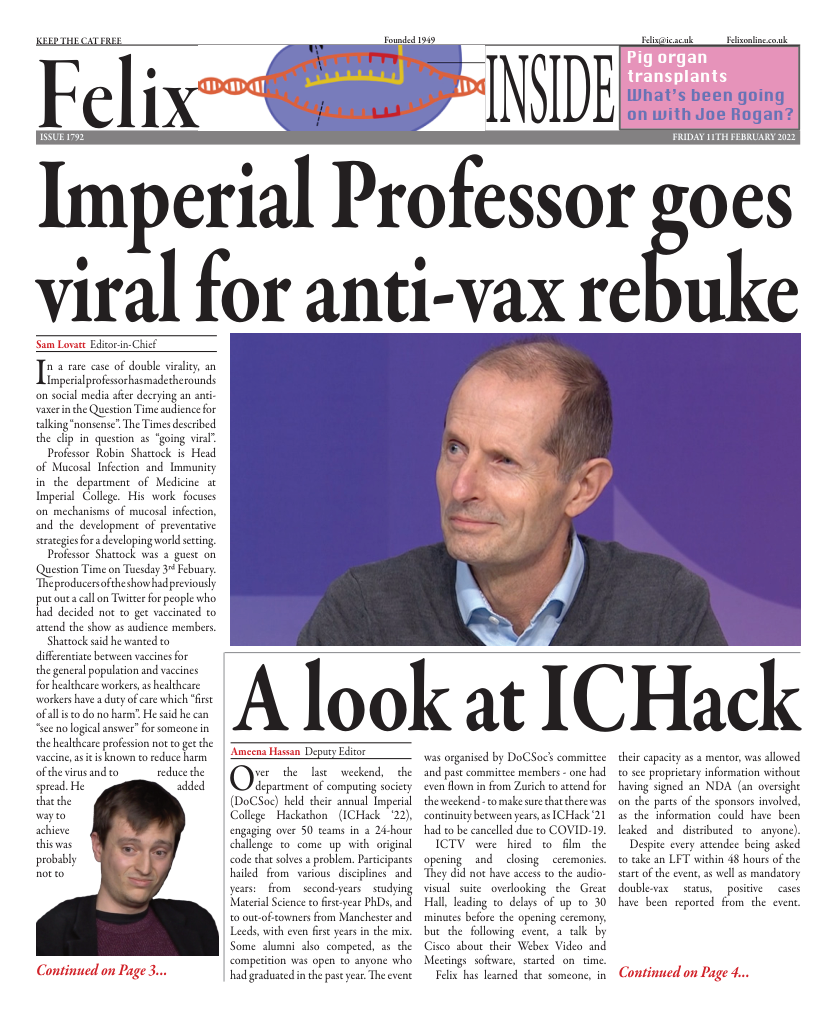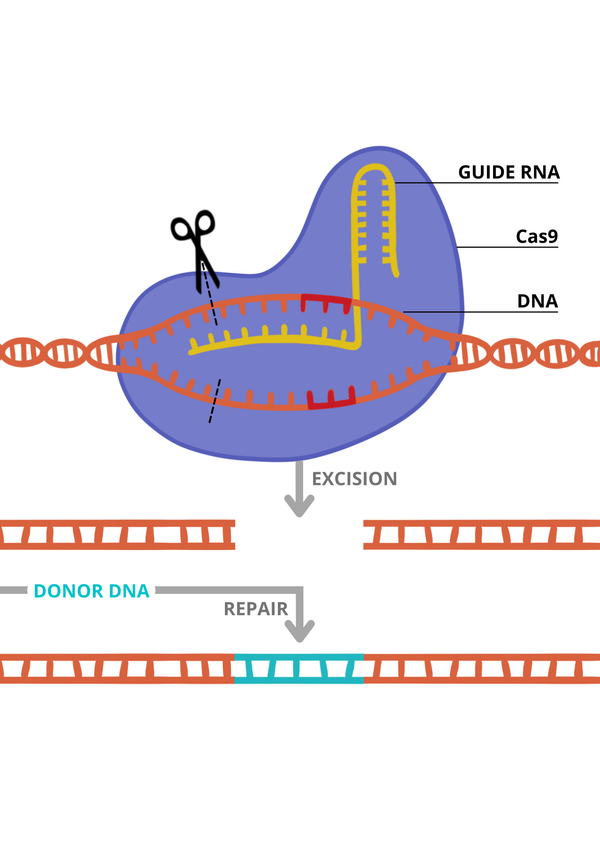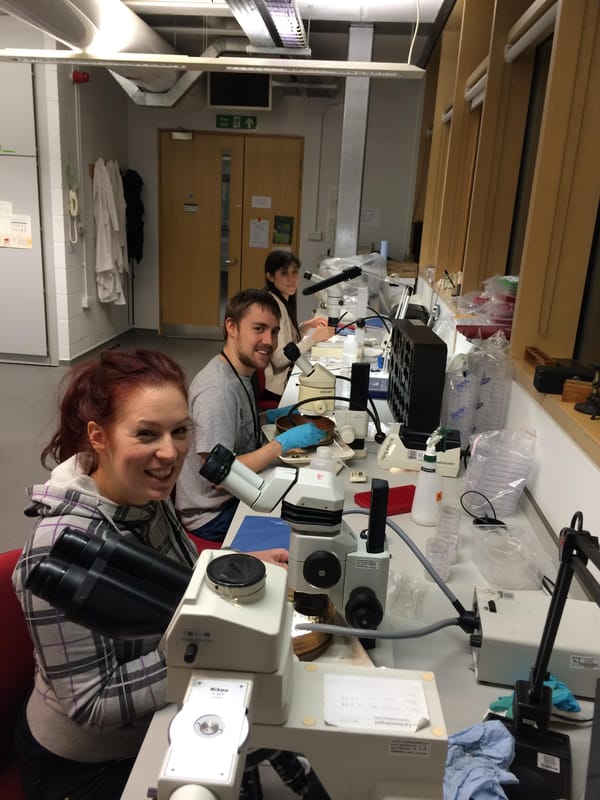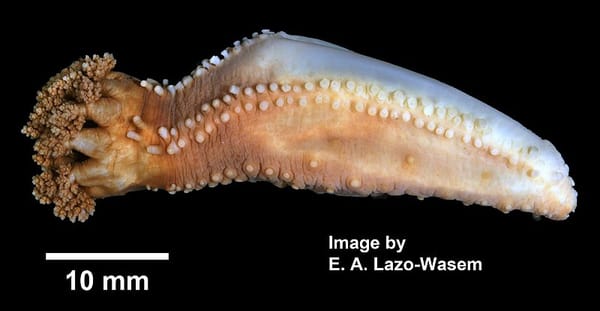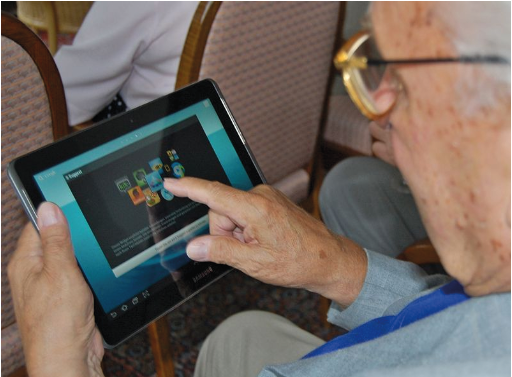ISS set to be retired in 2031, NASA report confirms
After an illustrious 23 years of service spanning approximately 138,000 orbits of Earth since its inaugural revolution in November 20th 1998, NASA has announced this week that the International Space Station (ISS) will cease operation in 2030
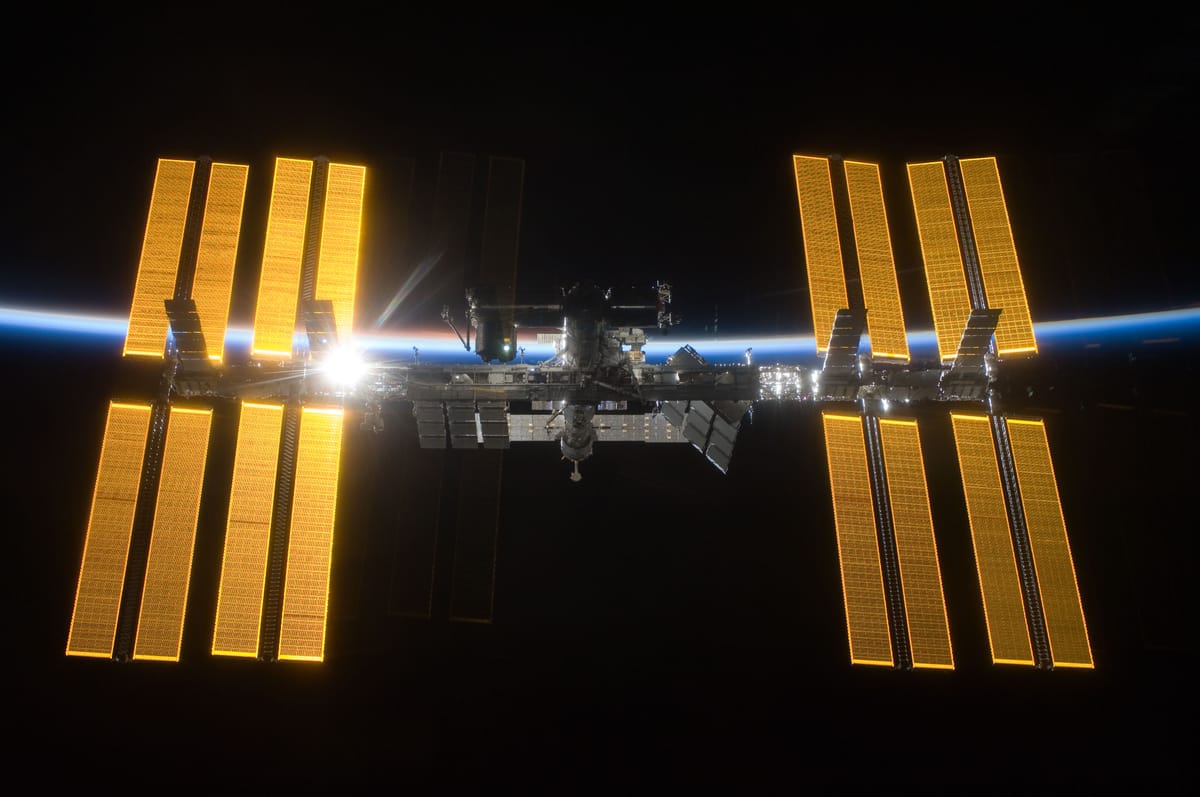
After an illustrious 23 years of service spanning approximately 138,000 orbits of Earth since its inaugural revolution in November 20th 1998, NASA has announced this week that the International Space Station (ISS) will cease operation in 2030, before plunging into the Pacific Ocean in 2031.
In a report titled ‘International Space Station Transition Report’, NASA outlines the goals for the next decade of ISS operations “leading to a smooth transition to commercial services”. The space agency wishes to use the remaining activity of the ISS to “continue enabling deep space exploration, conduct research to benefit humanity, foster a U.S. commercial space industry, lead and enable international collaboration, and to inspire humankind”. The report published by NASA comes one week after US President Joe Biden and his administration confirmed the extension of the space station’s activities to 2030. A planned descent into the oceanic pole of inaccessibility, also known as “Point Nemo”, will lay the ISS at rest alongside many old satellites and space debris that have crashed there, most notably the former Russian space station Mir, which has been there since 2001.
The ISS has provided a unique platform to conduct scientific research across a wide range of disciplines – including astronomy, materials science, meteorology, human research, and space medicine - with power, data, cooling, and crew available to support experiments. The ISS has a unique microgravity environment that has allowed for experiments to be conducted that simply would not have been possible in an Earth-based laboratory. Gravity at the altitude of the ISS (250 miles in space) is approximately 90% as strong as at Earth’s surface, but objects on the ISS are in a continuous state of free fall – resulting in an apparent state of weightlessness.
A large array of some 3000 multidisciplinary experiments have utilised the space station’s unique microgravity environment to date. In 2018, an experiment instrument named the Cold Atom Laboratory was initialised, which produced Bose- Einstein Condensates (commonly referred to as the “fifth state of matter”) for the first time in low-earth orbit. Since thisdiscovery, the Cold Atom Laboratory has allowed us to study the behaviour of atoms on a macroscopic scale, which has supported the research and development of quantum technologies such as ultra- precise timekeeping, and sensing; thus transforming the field of atomic physics. In addition to this, there is NASA’s Twins Study, one of the most comprehensive and integrated studies conducted on the ISS. It assessed the physiological, molecular, and cognitive effects of long- term space flight on humans. Lasting 25 months, astronaut Scott Kelly stayed in the ISS for 340 days, whilst his twin brother Mark Kelly stayed on Earth. Ten research teams collectively observed and compared the molecular profiles of the twins. The results are not only being used to make future space missions safer for astronauts but have developed our understanding of diseases induced by environmental stressors on Earth.
Perhaps my favourite accomplishment of the ISS concerns the space station’s servicing missions of the Hubble Space Telescope. Shortly after the telescope was deployed in 1990, it was discovered that the primary mirror of the telescope had an aberration that affected the clarity and focus of the images it produced. Fortunately, Hubble was designed in such a way that allowed astronauts to perform repairs, replace parts and update its technology with new instruments. Astronauts on the ISS first visited Hubble in December 1993 – a further four service missions have prolonged Hubble’s life further and returned new insights including: the discovery of two Plutonian moons, Nix and Hydra; galaxy rotation curves; a development to our understanding of dark energy. The speed and efficacy of these missions could not have been achieved without the ISS.
Like all good things, the ISS cannot last forever. We still have nearly a decade for the space station to return new insights into the way we view and interact with our universe. During this time, I will still be watching the ISS unblinkingly traverse our night sky with awe.
Looking ahead to 2031, NASA aims to “broaden the audience reached by the ISS to create more awareness of the benefits of microgravity research and development and orbital activities to humanity”, whilst “continuing to engage the public through different platforms to communicate the values that the ISS brings to the Nation and to the world”. In the meantime, NASA will continue to collaborate with national and commercial partners from the European Space Agency, Canada, Japan, and the Russian Federation to maintain the general systems and functioning of the ISS.


